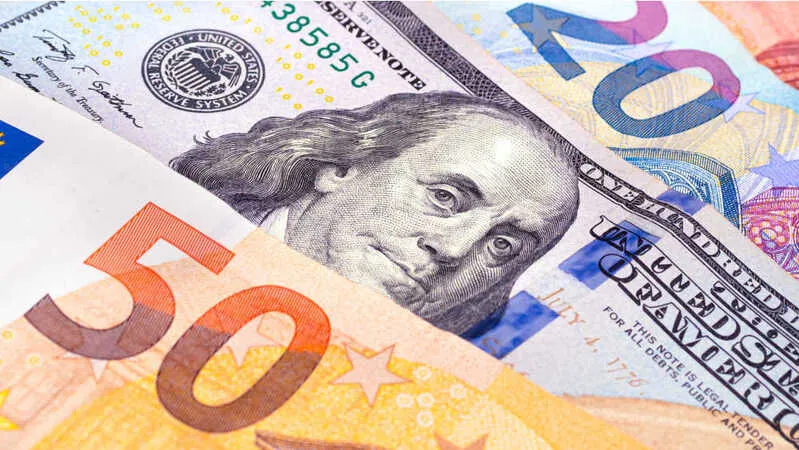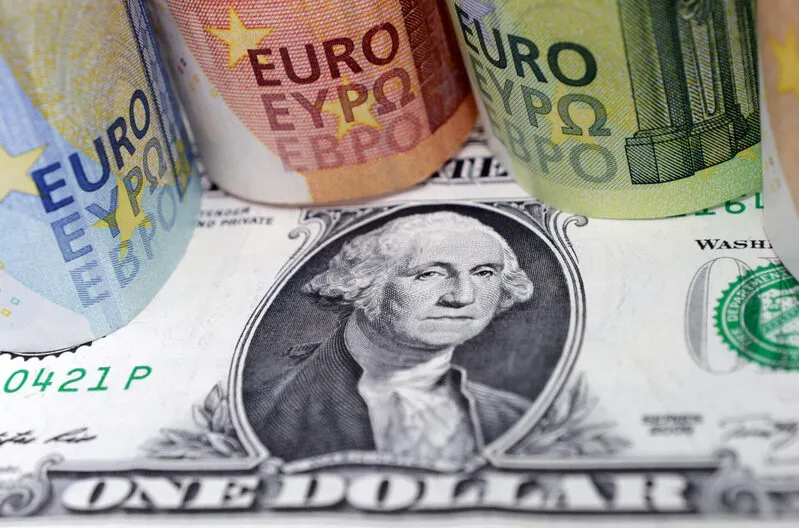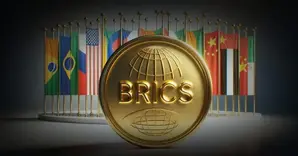Borrowers in the emerging markets are tapping into euro bonds at a much faster rate since a decade as they review the US dollar’s decline. Traders are capitalizing on the rising demand for the euro and the broader diversification moving away from the US dollar. The development is being supported by demand for debt as the quality of the euro-denominated bonds looks attractive to investors.
“If you have an ambition to issue in euros, this is the time to do it,” said Stefan Weiler, Head of Debt Capital Markets at JP Morgan. Apart from the US, Weiler also oversees the debt markets of Europe, the Middle East, and Africa. “Borrowers have been noticeably more active in diversifying and exploring also some niche markets,” he said. Euro debt is in an advantageous position as the US dollar has dipped 9.5% year-to-date.
Also Read: China Invites 30 Countries to Discuss De-Dollarization at SCO Summit
US Dollar Under Pressure as Euro Debt Gains

Although the euro-denominated bonds make up a small portion of the emerging-market supply against the US dollar, their volume is expected to stay strong. Traders, governments, and fintech firms are eyeing euro bonds more than the US dollar-denominated assets this month. This puts the USD under pressure as traders find other currencies lucrative for profits.
The DXY index, which measures the US dollar’s performance, dipped to a yearly low of 96.5 in early July. The low was sharp that it made the DXY index fall 11.5% YTD at one point. Money managers are now rethinking their strategies by giving euro bonds preferential treatment over the US dollar.
Also Read: Why ASEAN Isn’t Using the US Dollar as Much Anymore
Governments and companies from developing countries have sold €89 billion of euro-denominated debt up until July 2025, according to Bloomberg. The euro issuance has mostly come from Poland and Romania, among other countries. The list also includes China, Chile, and South Korea. The declining demand for the US dollar-denominated debt is worrisome as emerging economies are diversifying their central bank reserves.






